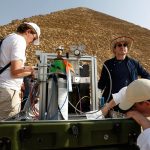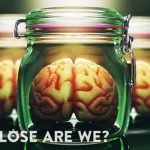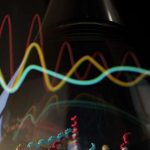Today’s archaeologists are putting down shovels and turning to tech0
- Ancient Archeology, From Around the Web, Science & Technology
- December 28, 2017
Move over Indiana Jones; it’s all about robots here in 2017!

Move over Indiana Jones; it’s all about robots here in 2017!

Each year, Science’s editors and writers highlight a top research achievement as their Breakthrough of the Year.

Growing human body parts in labs sounds like a myth, but scientists are making it a reality.

A rather delicate artificial insemination procedure may hold the key to saving Australia’s future bee populations from their biggest threat — the varroa mite.

A NASA engine designed for what will be the world’s most powerful rocket underwent one last test fire for 2017 on Wednesday (Dec. 13) to help the space agency prepare for its Space Launch System rocket’s first flight around the moon.

DNA molecules that follow specific instructions could offer more precise molecular control of synthetic chemical systems, a discovery that opens the door for engineers to create molecular machines with new and complex behaviors.

There was a time when explorers in Egypt were more than happy to carry out their excavations by dismantling the ancient artifacts around them, sometimes even using dynamite to blast through obstacles in their search for hidden chambers.

Researchers are ushering in a new era in bioelectronics, developing electronics that can be integrated seamlessly into nervous tissue.

Mushrooms contain unusually high amounts of two antioxidants that some scientists suggest could help fight aging and bolster health, according to a team of Penn State researchers.